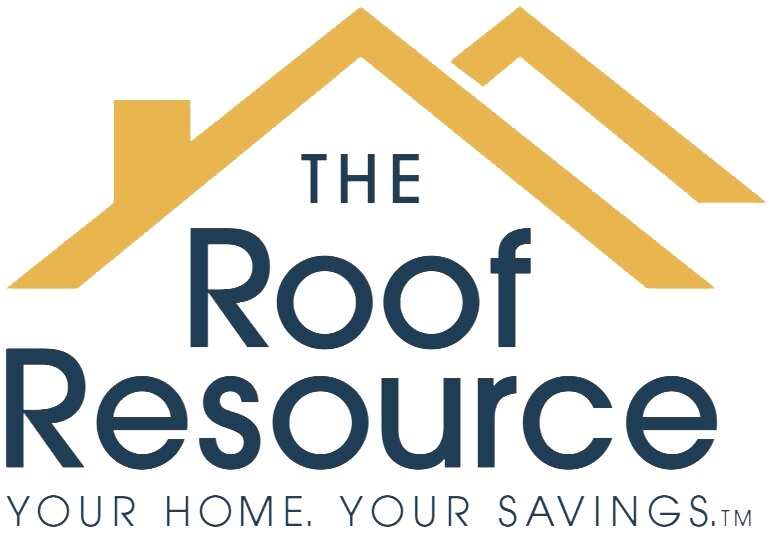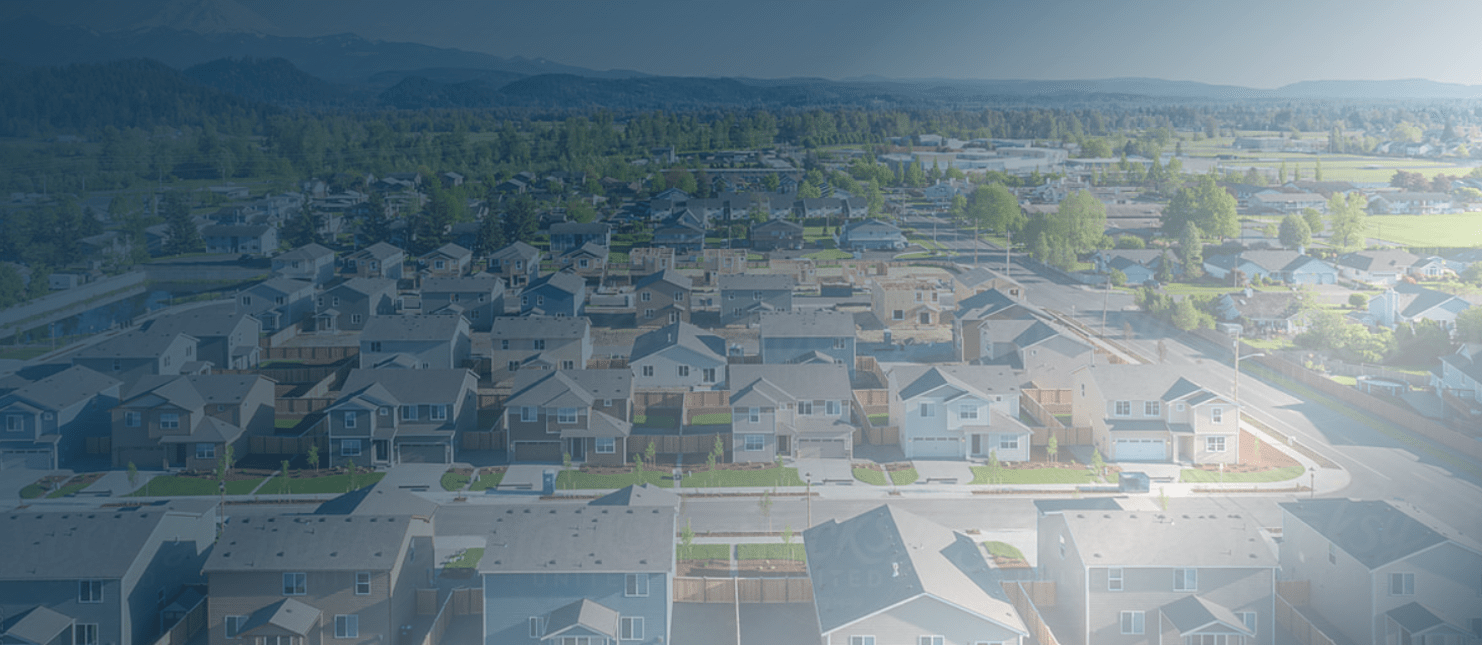How Long Do Roofs Last in Warren, MI
Ensure your home’s safety with expert roof maintenance. Call now!
When it comes to protecting your home from the elements, few components are as crucial as the roof. A well-maintained roof not only enhances your property’s aesthetics but also plays a significant role in safeguarding your investment and providing a secure shelter for you and your loved ones. For many homeowners, the question of how long a roof will last is of paramount importance.
In Warren, MI, where the climate can range from scorching summers to freezing winters, acknowledging the lifespan of your roof is essential for making informed decisions about repair, maintenance, or replacement. Factors such as material quality, installation techniques, weather conditions, and maintenance efforts all contribute to the longevity of a roof. In this comprehensive guide, we will explore the various determinants that impact the lifespan of your roof and provide insights to help you make informed decisions regarding your residential property’s most vital protective shield.
Factors Affecting Roof Longevity
Roofs are exposed to a wide array of environmental stressors, making their longevity dependent on several key factors. When considering the lifespan of your roof, it’s crucial to take into account the following aspects:
1. Material Quality
High-quality roofing materials, such as asphalt shingles, metal, tile, or slate, are known for their durability. The quality of the material used in roofing significantly impacts the lifespan of the roof. Different types of materials have varying degrees of resilience against environmental factors, and choosing the right material for your specific climate can make a substantial difference in your roof’s longevity.
2. Installation Techniques
The expertise and precision of the installation process also play a critical role in determining the lifespan of your roof. Proper installation, including the sealing of joints, flashing details, and the alignment of shingles or tiles, can prevent premature failure and ensure the roof’s ability to withstand adverse weather conditions.
3. Weather Conditions
The climate in Warren, MI can be unforgiving, with extreme temperature fluctuations, heavy rain, snow, and hail. The long-term exposure to such weather conditions can take a toll on roofing materials, potentially reducing the roof’s lifespan. Understanding how your roof will fare against the specific climate challenges it faces is crucial for estimating its longevity.
4. Maintenance
Regular maintenance and timely repairs can significantly extend the life of a roof. Inspections for damage, cleaning of debris, and addressing minor issues can prevent small problems from escalating into major concerns, ultimately prolonging the roof’s overall lifespan.
Given the multitude of factors that influence the longevity of a roof, it’s essential to consider each aspect meticulously to ensure that your property’s protective cover withstands the test of time.
Common Roofing Materials and Their Lifespan
Different roofing materials offer distinct advantages and varying lifespans. Understanding the lifespan of each material can help homeowners make informed decisions when it comes to choosing the most suitable option for their specific needs. Here are some common roofing materials and their respective lifespans:
1. Asphalt Shingles
Asphalt shingles are one of the most popular roofing materials due to their affordability and ease of installation. However, their lifespan typically ranges from 15 to 30 years, making them a relatively shorter-term option compared to other materials.
2. Metal Roofing
Metal roofs are known for their exceptional durability and longevity. When properly installed and maintained, metal roofs can last 40 to 70 years, providing a long-term solution that withstands the elements.
3. Tile Roofing
Tile roofs, including materials like clay or concrete, offer an impressive lifespan of 50 years or more. Their durability and resistance to weather and fire make them a popular choice for homeowners seeking a long-lasting solution.
4. Slate Roofing
Slate roofs are renowned for their elegance and longevity. With a lifespan of 75 to 100 years or more, properly maintained slate roofs are a testament to enduring quality and timeless appeal.
Acknowledging the lifespan of different roofing materials can help homeowners make informed choices that align with their budget, aesthetic preferences, and long-term goals for their property.
Signs of Roof Deterioration
It’s essential for homeowners to be able to recognize the signs of roof deterioration to address issues promptly and prevent further damage. Some common indicators of roof deterioration include:
1. Damaged or Missing Shingles
Broken, curled, or missing shingles can compromise the roof’s ability to protect against water infiltration and can be indicative of the need for repair or replacement.
2. Water Stains on Ceilings
Interior water stains on ceilings may signal roof leaks, potentially indicating compromised areas that require immediate attention.
3. Sagging or Uneven Roof Surface
A sagging or uneven roof surface can be a red flag, suggesting structural issues that need to be addressed promptly to prevent further damage.
4. Rot or Mold Growth
Signs of rot or mold growth on the roof or in the attic can be indicative of moisture intrusion, requiring thorough inspection and remediation.
By being attentive to these signs of deterioration, homeowners can proactively address potential issues and extend the lifespan of their roof through timely maintenance and repair.
Maintaining Your Roof for Longevity
Regular maintenance is key to extending the lifespan of your roof. Here are some essential maintenance practices to keep your roof in optimal condition:
1. Scheduled Inspections
Regular inspections by a professional roofing contractor can help identify potential issues early and prevent minor problems from escalating.
2. Cleaning Gutters and Downspouts
Clearing debris from gutters and downspouts prevents water backup and potential damage to the roof and the home’s foundation.
3. Trimming Overhanging Branches
Overhanging branches can damage the roof during storms and allow debris to accumulate. Trimming them back can safeguard the integrity of the roof.
4. Addressing Repairs Promptly
Addressing minor issues promptly, such as damaged shingles or flashing, can prevent them from compromising the entire roof system.
By implementing these maintenance practices, homeowners can effectively preserve the integrity and longevity of their roof, ensuring it provides reliable protection for years to come.
Final considerations
Acknowledging the factors that influence the lifespan of a roof is crucial for homeowners seeking to make informed decisions regarding their property’s protection. By considering material quality, installation techniques, weather conditions, and proper maintenance, homeowners can take proactive steps to extend the longevity of their roofs, ensuring a secure and enduring shelter for their families.
In Warren, MI, where the climate can pose significant challenges to roofs, being cognizant of these factors can empower homeowners to make wise choices when it comes to roof repair or replacement. By staying attentive to signs of deterioration and implementing regular maintenance practices, homeowners can effectively maximize the lifespan of their roofs and safeguard their investment for the long term.
Ultimately, a well-maintained roof not only enhances the curb appeal of a home but also provides peace of mind, knowing that the property is well-protected against the elements. By prioritizing the longevity of their roofs, homeowners can ensure enduring resilience and security for their most cherished investment.


